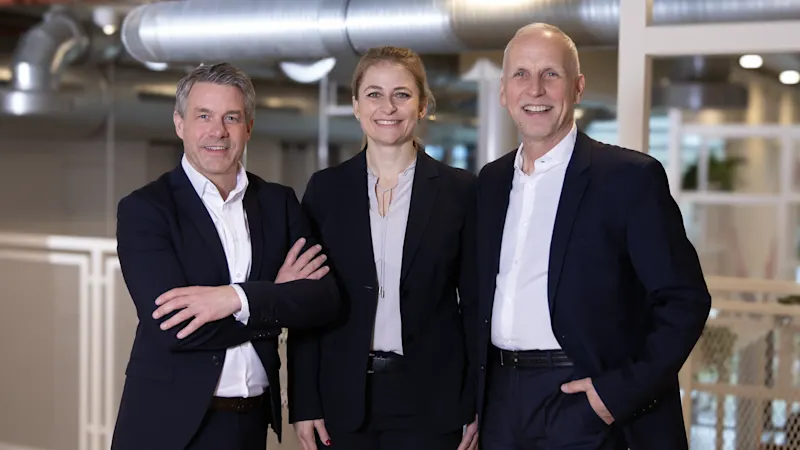Commitment to the Corporate Governance Code
Management and Supervisory Board of Basler AG are committed to the rules conducted by the German Code of Corporate Governance as described in the official part of the electronic Bundesanzeiger.
This code sets forth significant legal regulations for the management and oversight of German publicly listed companies and contains both nationally and internationally recognized standards of good and responsible corporate management. It is also designed to promote the trust and confidence of domestic and international investors, clients, employees and the public in the managing and supervision of German public stock corporations.
Through its commitment, Managing Board and Supervisory Board wants to clearly demonstrate how they intend to exercise responsible corporate leadership and control that is geared toward increasing the value for its stakeholders. Doing so will encourage and enhance the trust and confidence of current and future shareholders, customers, employees and other interested parties from the general public.
This commitment to the German Code of Corporate Governance operates on the principle of “comply or explain”. Basler AG will issue a statement every year outlining the extent to which corporate management is in compliance with the code’s provisions. Any deviation from the code will be appropriately explained and justified. The implementation of the code is also a verifiable component of the annual audit and therefore an integral part of the management report.

Management
Our Supervisory Board is made up of experienced representatives from business and science and is responsible for the strategic management of the company. It is currently chaired by Norbert Basler, the founder of the company.
The Management Board, headed by Dr. Dietmar Ley (CEO), is responsible for the operational management of the company and implements the guidelines of the Supervisory Board.
Declaration of conformity with the corporate governance code pursuant to § 161 of the German stock corporation act (Aktiengesetz – AKTG)
Declaration report Corporate Governance
Managers‘ Transactions
Download a list of all securities transactions requiring mandatory disclosure.
